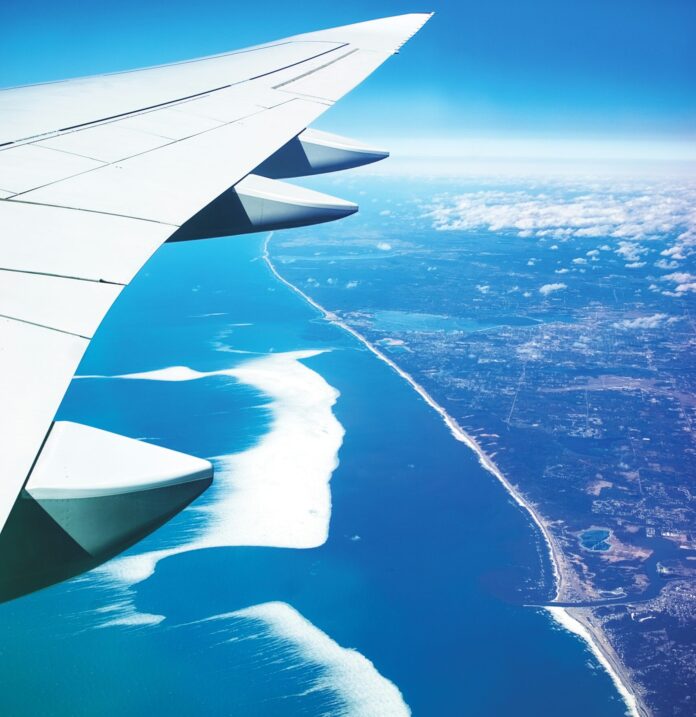Have you ever noticed how often flight attendants offer gum before takeoff or why so many seasoned travelers pop a piece as soon as the plane starts moving? It turns out, there’s a bit of science behind this chewy travel hack. Chewing gum isn’t just about fresh breath—it’s a simple trick to combat that annoying ear discomfort during flights. Let’s take a closer look.
When an airplane ascends or descends, the air pressure in the environment changes rapidly. The cabin of the airplane is pressurized to mitigate these effects, but the pressure still drops as the plane ascends and increases as it descends. This rapid change can lead to a pressure imbalance
Chewing gum can aid in balancing this pressure. The act of chewing and swallowing repeatedly as you chew stimulates the muscles that open the Eustachian tubes. This action helps facilitate the movement of air in and out of the ears, allowing the pressure on either side of the eardrums to equalize more quickly and efficiently.
Moreover, the increased saliva production and swallowing caused by chewing gum helps to open the Eustachian tubes more frequently. This not only relieves the pressure but also distracts from discomfort by keeping the mouth and jaw active.












